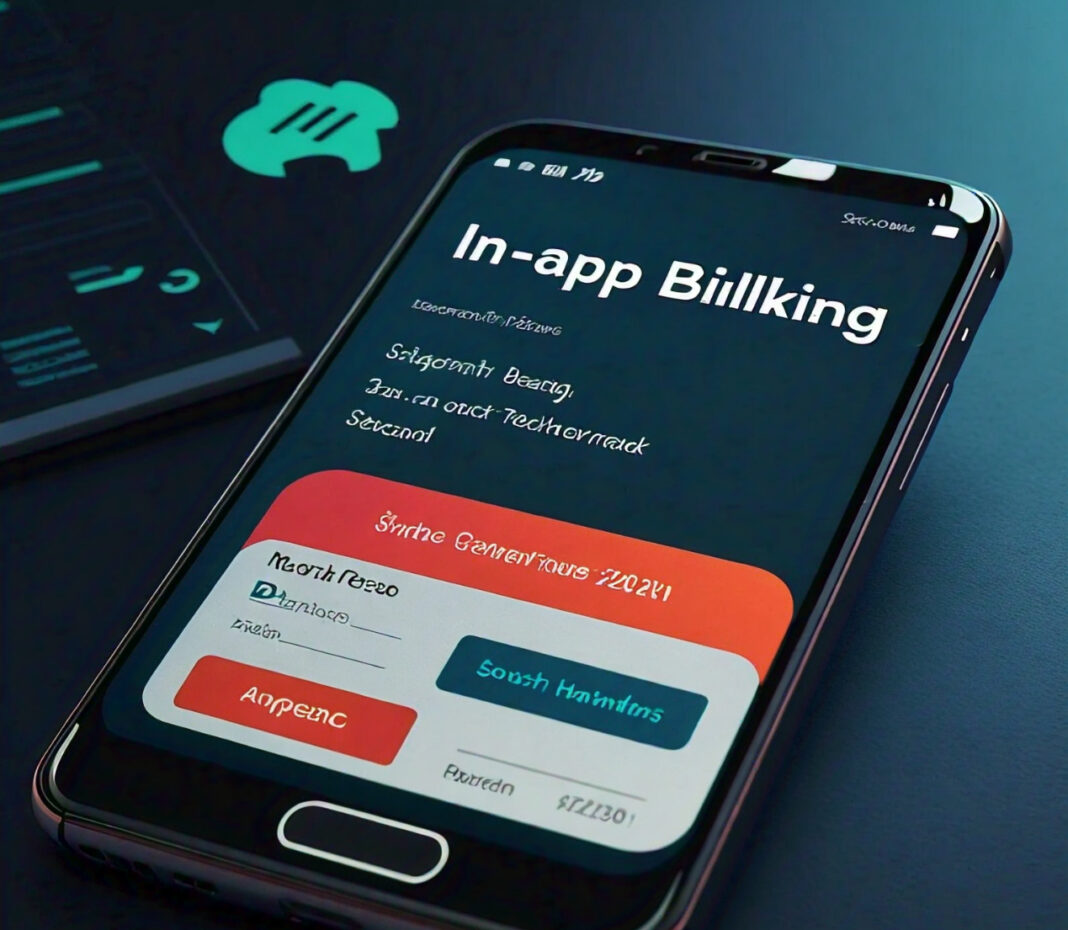Modern mobile applications have found their way to almost every area of our lives. Beginning from banking and shopping to social networking and entertainment, the list of tasks for which we depend on these applications seems endless.

Along with dependency on mobile applications, another factor comes into the picture: security. Security in mobile applications is very critical to safeguard sensitive information, establish trust with users, and defend against cyber threats.
the importance of mobile application security, the most common vulnerabilities, best practices for developers and end-users, and the future of protection from application threats.
- Overview of Mobile App Security
Mobile application security is the set of methods to protect applications running on mobile devices from a varied palette of threats, including data breaches, malware, and unauthorized access. It involves an extensive range of practices and technologies whose objective involves three broad aspects of security: maintaining the confidentiality, integrity, and availability of data processed by mobile applications.
Why is mobile app security important?
- Protection of sensitive information: Many applications deal with personal and financial information.
- Protection of User Trust: Security breaches can quite irreparably dent an app’s reputation.
- Compliance: Many industries have stringent data protection requirements.
- Protection from financial losses: The results of safety breaches are generally very expensive to the user and the developer.
- Common Mobile App Vulnerabilities
Design security strategies for mobile applications take into account some of the most frequent problems that involve vulnerabilities.
a. Poor Data Storage
Many apps store sensitive data on the device without proper encryption, opening the door to unauthorized access in case the device is lost, stolen, or compromised.
b) Insecure Server-Side Controls
Even if the client side is well-protected, inadequate security measures on the server side can render the app vulnerable to attacks.
c) Insufficient Transport Layer Protection
If appropriate data encryption is not done, the data travels across the networks and can be intercepted.
D. Unintended Data Leakage
Apps may leak data inadvertently, simply because at different locations it uses logs, clipboard, or browser caches.
e. Weak Authentication and Authorization
Poorly designed or improperly implemented authentication mechanisms create a window for gaining access to user accounts and information.
f) Client-Side Injection
Malicious users can manipulate client-side data to exploit vulnerabilities in the app’s logic or backend systems.
g) Lack of Binary Protections
Weak protection of binary code may lead to reverse engineering, tampering with the app, and intellectual property theft.
- Best Security Practices in Mobile Apps
Developers and organizations can implement several best practices to enhance the security of their mobile applications:
a. Secure Coding Practices
- Input validation: All user inputs should be strictly validated for no injection attacks.
- Secure APIs: Use only tested and secure APIs with very critical functionalities.
Error Handling: Proper error handling without disclosure of sensitive information.
b) Data Encryption - Encrypt sensitive data both at rest and in transit.
- Implement robust, industry-standard encryption algorithms.
- Securely manage encryption keys.
c) Secure Authentication - Apply multi-factor authentication whenever possible.
- Use proper session management principles.
- Implement strict password policies.
d) Regular Security Updates

Address known vulnerabilities—the sooner, the better.
- A good process of disseminating updates.
- Recommend updates to applications frequently by the users.
e) Backend Security
Proper server-side controls and validation should be implemented.
- Follow secure protocols for communications, like HTTPS.
- Conduct regular server security audits and updates.
f) Code Obfuscation
De-obfuscate the application code. Obfuscation makes it difficult to read for attackers.
- Tamper detection mechanisms to avoid unauthorized modifications.
g) Third-Party Library Vetting
Continuously audit and monitor the third-party libraries and SDKs your app is running.
- Regularly update third-party components to cope with potential vulnerabilities.
- User-end Mobile App Security
While developers play a crucial role in app security, users also have responsibilities in protecting their data:
a) App Store Vigilance
- Download apps only from official app stores, such as Google Play Store and Apple App Store.
- Read app reviews and check developer reputations before installing.
b) Authorization management - Check and understand app permissions before allowing them.
- Audit frequently and revoke irrelevant permissions.
c) Device Safety - Leverage device lock mechanisms (PIN, password, biometrics).
- Keep the device’s operating system and apps updated.
d) Public Wi-Fi Warning - Do not use sensitive apps through public Wi-Fi networks.
- Use a VPN while accessing sensitive information on a public network.
e) Periodic App Audits - Periodically, remove some installed applications if not being used.
- Check the privacy settings of applications and adjust them accordingly.

- Security Testing of Mobile App
Regular security testing helps to detect and fix vulnerabilities in mobile apps:
a) Static Analysis
- Looking through the app’s source code for any security vulnerabilities.
Scan regularly for known vulnerabilities using automated tools.
b) Dynamic Analysis - Execute the application with good functioning to trace runtime vulnerabilities.
- Simulated various attack flows for checking app robustness.
c) Penetration Testing - Controlled hacking to discover the vulnerabilities,.
- Use both manual and automated penetration testing methods.
d) API Testing - Perform rigorous tests for security weaknesses in all the application’s dependent APIs.
- Ensure proper authentication and authorization for API access.
e) Compliance Testing
- Find out if the application meets the industry-oriented security standards and laws.
- Carry out ongoing compliance audits.
- Mobile App Security Emerging Trends
Mobile app security is a rapidly changing world. Here are a few trends and technologies that are emerging:
a) Artificial Intelligence and Machine Learning
- AI for real-time detection and response to threats.
- Machine learning algorithms will be used to predict and prevent security breaches.
b) Blockchain Technology
- Using blockchain for secure data storage and transactions.
- Improved user authentication and identity management.
c) Biometric authentication
Increased use of biometrics: fingerprint, facial recognition, and voice recognition for secure access.
Biometric technologies were enhanced regarding sophistication and security.






